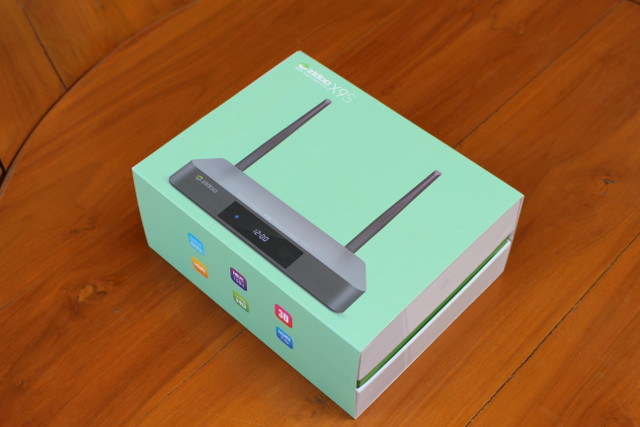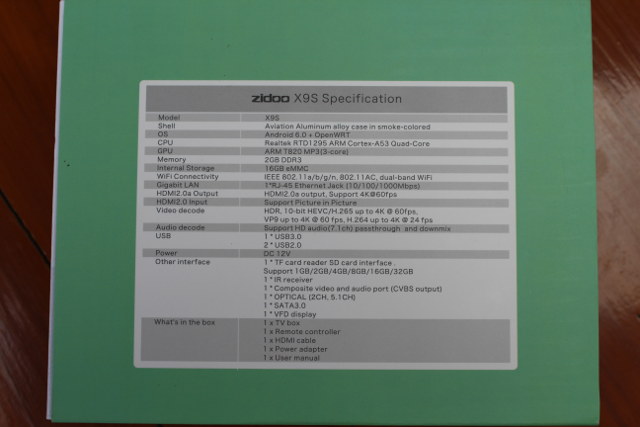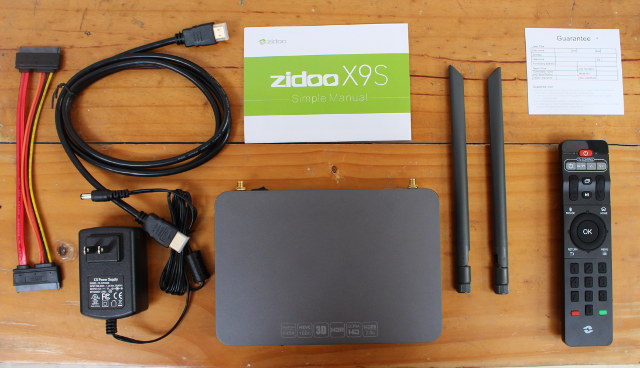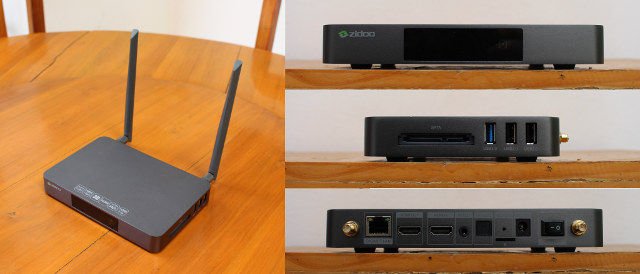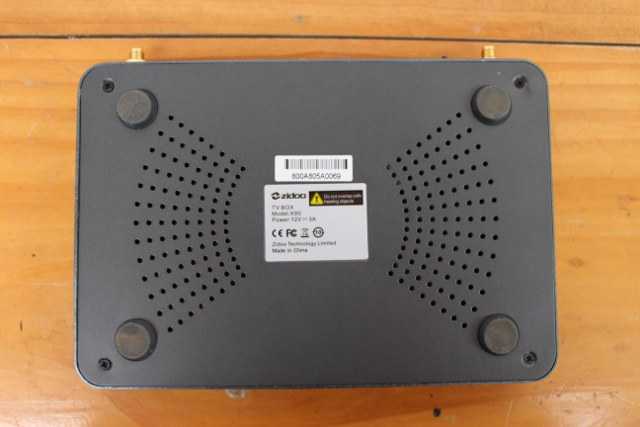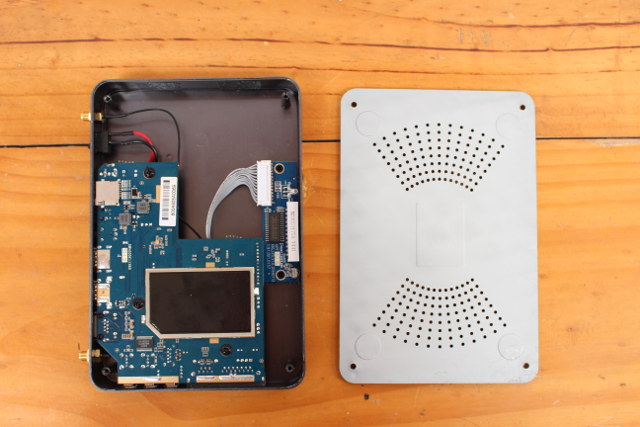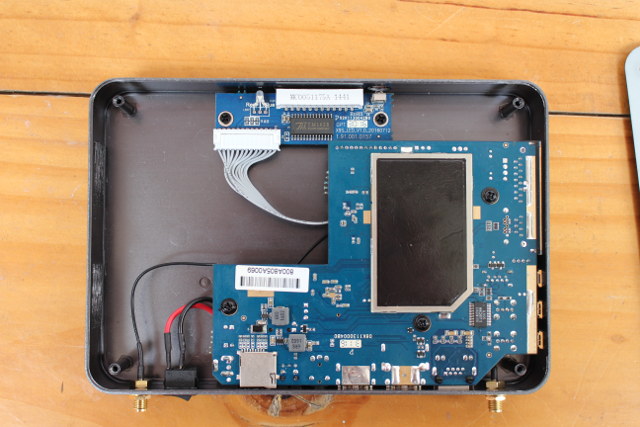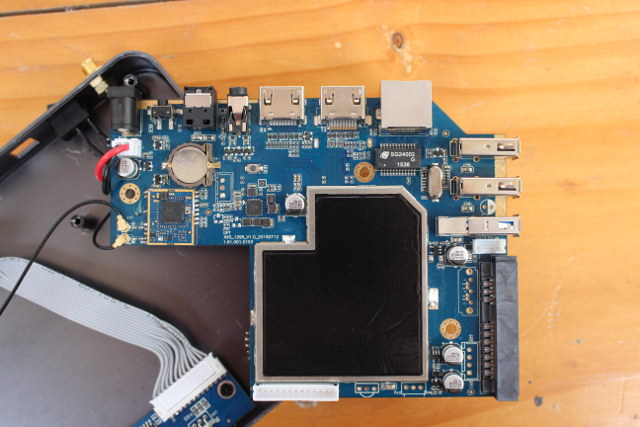Zidoo X9S is one of the first Realtek RTD1295 based TV boxes coming to market, and it has some pretty special features like running both Android 6.0 and OpenWrt simultaneously, HDMI input support for video recording and PiP, an external SATA interface, 4K media capabilities including HDMI 2.0a output, 4K 60 fps H.265 and VP9 & 4K 24 Hz H.264 video decoding, as well as HDR and 3D support. The company has now sent me an early review sample, and in the first part of the review you’ll post photos of the devices and accessories, and perform a teardown to find out more about the electronics and thermal design. Later on I’ll publish articles with benchmarks, video performance, and the complete review.
Zidoo X9S Unboxing
The box comes in a light green retail package showing some of the key features like 3D, 10-bit HEVC, Ultra HD, HDMI 2.0, HDR. etc…
The bottom of the package lists the specifications.
The devices comes with a SATA cable for 2.5″ “laptop” hard drives or SSDs, a HDMI cable, a 12V/3A power supply that should be good enough to handle a SATA drive plus a USB 3.0 drive, an IR remote control with IR learning function, two large WiFi antennas, a guarantee card, and Zidoo X9S “simple manual” in English.
The case is made of aluminum alloy, and the device feels of good quality. It’s also quite larger than most recent Android TV boxes released to market
The front panel includes a VFD display and a window for the IR receiver, while one of the side features the SATA interface, one USB 3.0 port, and two USB 2.0 ports. The rear panel comes with two WiFi antenna connector, a Gigabit Ethernet port, HDMI input and output, AV (composite + audio stereo) jack, optical S/PDIF, a firmware recovery pinhole, a micro SD slot, the power jack, a mechanical on/off switch for power.
Zidoo X9S Teardown
You’ll need to loosen the four screws on the bottom of the case in order to take out the metal bottom cover, which comes out very easily.
There’s no direct contact between the board and metal cover, but we’ll notice a shield covering the processor, memory and storage chips.
The shield is soldered to the board, so I have not attempted to remove it, and the bottom of the board reveals the micro SD slot, Genesis Logic GL852G 4-port USB hub, and Titan Micro TM1628 LED Controller found on the small board used by the front panel display.
After removing three more larger screws, I can access the top of the board named “GPT X9S_1295_V1.0”.
Again there’s a soldered shield on the top of main ICs, so we can’t check out the SoC, RAM, and eMMC flash chips. But we’ll find a battery for the RTC, Realtek RTL8821AU USB 2.0 802.11ac and Bluetooth 4.0 chip, and SG24002 10/100/1000M transformer for Gigabit Ethernet (GbE PHY and MAC are inside RTD1295 chip). The serial console / UART header appears to be located between the USB 3.0 and SATA ports. The latter should be a “true” SATA port since SATA is supported natively by Realtek RTD1295 SoC.
Source: cnx-software
